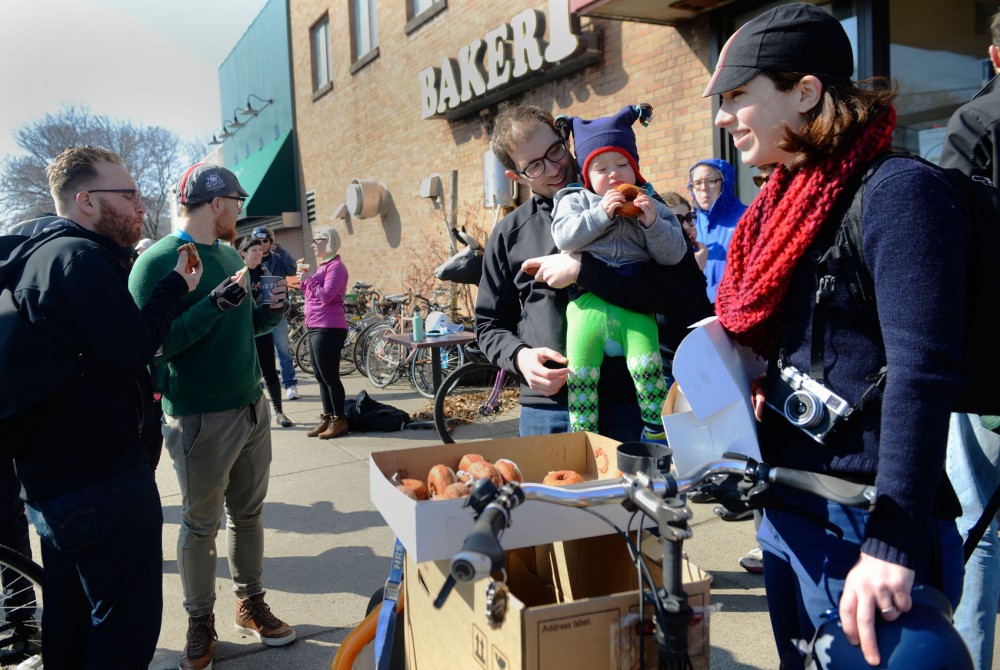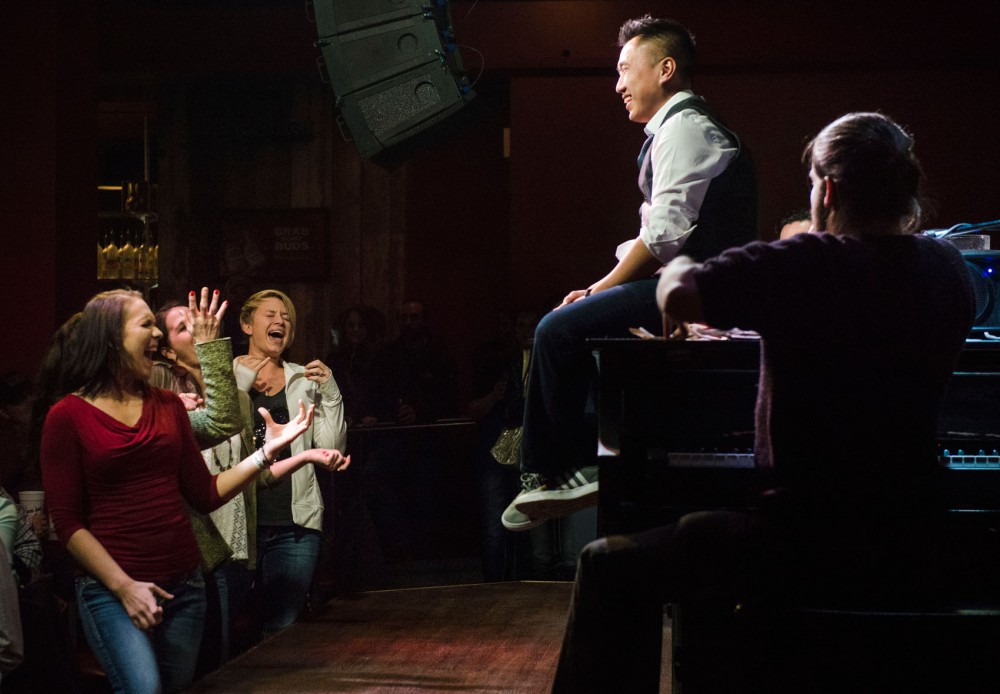What: Minnesota Decoy Collectors Association 2013 Decoy Show
When: 2-10 p.m., Thursday; 1-9 p.m., Friday;.; 9 a.m.-4 p.m., Saturday
Where: Ramada Mall of America,
2300 E. American Blvd., Bloomington, Minn.
Cost: $2 donation
Carter Stenberg has been collecting decoys for almost 30 years.
His collection, heavy on old, hand-carved ducks, totals between 400 and 500 decoys. Stenberg fell in love with the majestic wooden statues (imitation figurines, used for hunting) at first sight, and he continues the hunt for the next diamond in the rough today. He is eagerly anticipating this year’s annual Minnesota Decoy Collectors Association Decoy Show.
This four-day event, held at the Ramada Hotel in Bloomington is, to a decoy aficionado, the pinnacle gathering of the year. Collectors and carvers from as far away as Vermont and North Carolina gather to show off last year’s purchases, compete in a “Best Mallard” competition, get help identifying rare birds, sell unwanted decoys and, of course, add to their collections.
A highlight for big collectors like Stenberg is the members-only Friday night auction. The sale will feature 60 rare ducks and collectors must bid — sometimes into the high hundreds — to claim their prized duck. Stenberg, a coordinator of the auction, explained that part of the challenge lies in the bidder’s ability to identify the decoy’s worth.
“People will come in with sleepers not knowing how good they really are — if those ones go cheap, then that’s a bargain,” he said.
John Southworth, the association’s president, is a different sort of decoy enthusiast. He owns very few birds, but loves reading about them, studying their history and helping identify where they were made and how old they are.
At this week’s convention, he will help identify birds if any new-comers to the collection game want help learning. He recalls helping one collector identify more than two dozen decoys at last year’s convention.
“This one guy came in with two full gunnysacks. He was walking around like Santa Claus,” he said.
A true decoy historian, Southworth prefers the older wooden ducks to their new plastic counterparts.
“Most of the stuff you’d get today at Cabela’s or Gander Mountain or something like that, they’re all plastic. They’re very realistic-looking, but they don’t have any soul,” he said.
There is something for every kind of collector at the show. There will be rare antique decoys that were carved in 1880, birds made in factories in the ’40s and ’50s, hand-carved decoys made in an amateur’s workshop last week and everything in between. The selection isn’t limited to ducks either. There will be fish decoys and a plethora of wildlife carvings.
Southworth made clear that what was once exclusively an outdoorsman’s hobby for the off-season now attracts antique collectors and wildlife decor fans too. He is enthusiastic that others are joining a pastime that he has devoted so much attention to and is hopeful that the attendance at the decoy show will include a diverse group of decoy admirers.
“These birds now are looked at by a lot of art people and artsy people as actual folk art,” he said.










